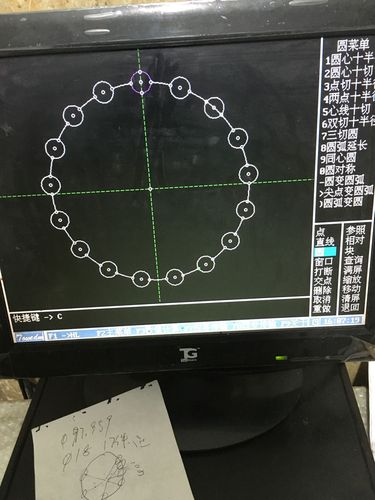Circular programming can be a challenging issue to tackle, but with careful design, refactoring, and adherence to best practices, it can be effectively managed to ensure a maintainable and robust codebase.
Circular programming, also known as circular dependencies, is a common challenge in software development where modules or components depend on each other in a circular manner, creating a loop. This can lead to issues such as infinite loops, runtime errors, and difficulties in code maintenance and understanding. Let's explore some examples and insights into circular programming:
Insight: To address this, you can introduce interfaces or abstract classes to decouple the dependencies and use dependency injection to provide the necessary dependencies.
```
Insight: To resolve this, you can refactor the code to identify common functionalities that can be extracted into a separate module, breaking the circular dependency.

```html
This is a common scenario in objectoriented programming where classes call methods of other classes, and a circular dependency arises when the method calls eventually loop back to the starting class.
Insight: One way to resolve this is by restructuring the code to eliminate the circular imports, such as moving common functionalities to separate modules or using conditional imports.
In this scenario, Module A requires functionality from Module B, but Module B also requires functionality from Module A. This creates a circular dependency.
Python modules can import each other, but when two or more modules import each other in a circular manner, it results in circular imports.
版权声明:本文为 “联成科技技术有限公司” 原创文章,转载请附上原文出处链接及本声明;

